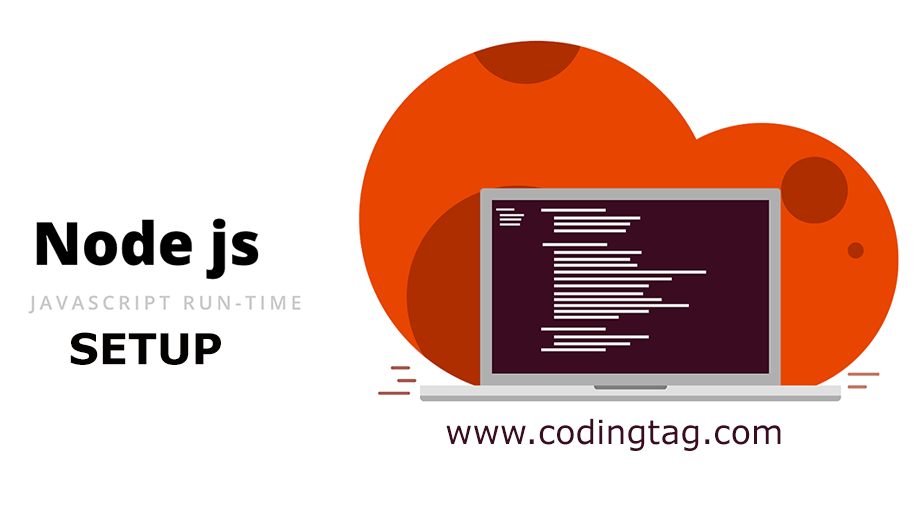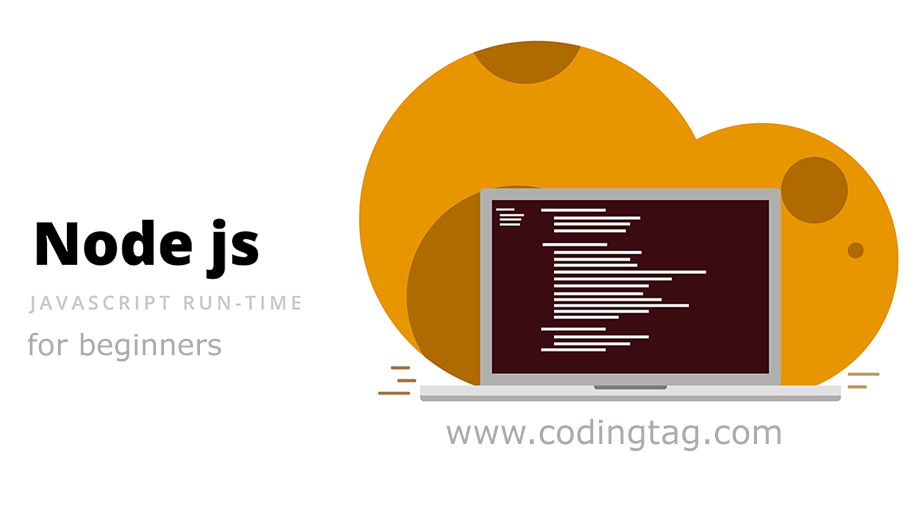Blocking and Non-Blocking in Node.js
0 114
Node.js is known for its fast and efficient performance, especially when handling multiple requests. A big part of that performance advantage comes from how it manages blocking and non-blocking operations. In this article, we’ll explore what these terms mean, how they differ, and why they matter in real-world applications.
What is Blocking?
Blocking operations are those that prevent further execution until the current task is completed. In other words, the code waits for one operation to finish before moving to the next line. This behavior is synchronous and can lead to performance issues when dealing with tasks like file reading or network requests.
Example of Blocking Code
const fs = require('fs');
const data = fs.readFileSync('file.txt', 'utf8');
console.log(data);
console.log("This message will show after reading the file.");Here, the file is read synchronously using readFileSync(). The program halts at that point until the file has been fully read.
What is Non-Blocking?
Non-blocking operations allow code to continue running without waiting for a task to complete. These are asynchronous actions, often handled using callbacks, promises, or async/await syntax. This approach improves efficiency, especially in I/O-heavy applications.
Example of Non-Blocking Code
const fs = require('fs');
fs.readFile('file.txt', 'utf8', (err, data) => {
if (err) throw err;
console.log(data);
});
console.log("This message is logged while the file is still being read.");In this case, Node.js doesn’t wait for the file reading to complete. It continues executing the next line, demonstrating non-blocking behavior.
Why Non-Blocking is Useful in Node.js
- Prevents your application from freezing on slow operations
- Allows handling of many requests simultaneously
- Improves scalability in server-side applications
- Makes better use of system resources
When to Use Blocking vs Non-Blocking
Use blocking methods when:
- The task is quick and doesn’t involve I/O
- You need to ensure the operation finishes before moving on
Use non-blocking methods when:
- Working with file systems, databases, or APIs
- Handling many concurrent requests in a server
- Building high-performance, scalable applications
Conclusion
Understanding the difference between blocking and non-blocking code is key to writing efficient Node.js applications. While blocking code is simpler, it can hinder performance. Non-blocking operations are the backbone of Node's asynchronous nature, enabling smooth, concurrent execution without getting stuck on slow tasks.
If you’re passionate about building a successful blogging website, check out this helpful guide at Coding Tag – How to Start a Successful Blog. It offers practical steps and expert tips to kickstart your blogging journey!
For dedicated UPSC exam preparation, we highly recommend visiting www.iasmania.com. It offers well-structured resources, current affairs, and subject-wise notes tailored specifically for aspirants. Start your journey today!

Share:




Comments
Waiting for your comments